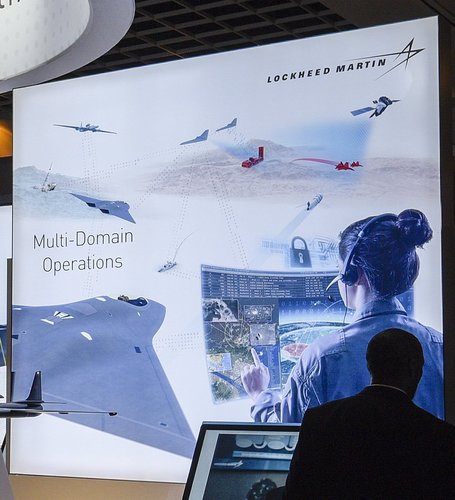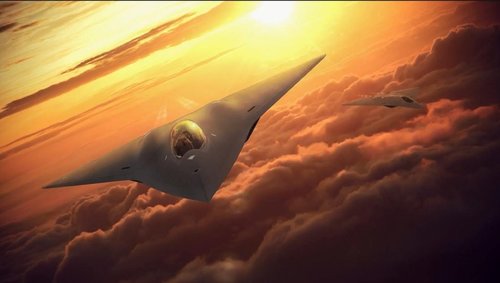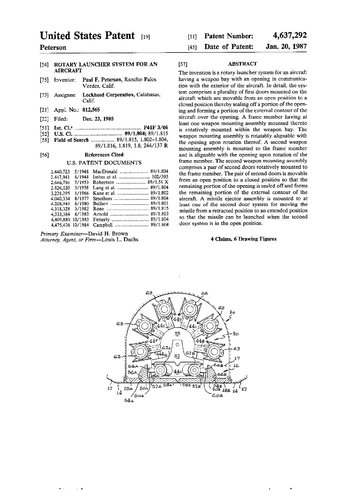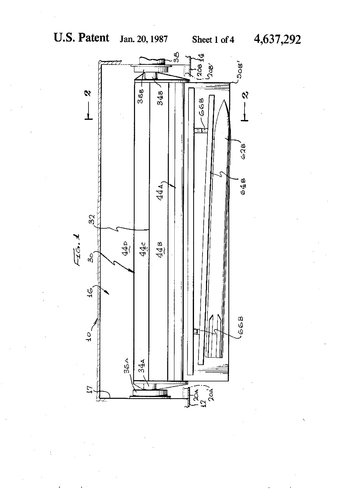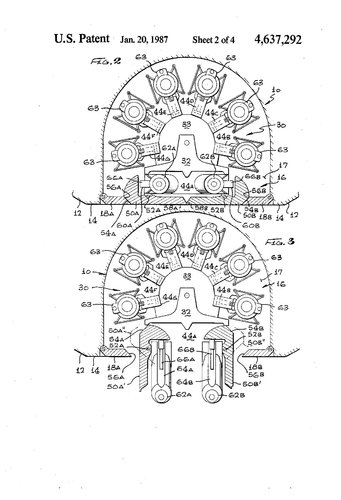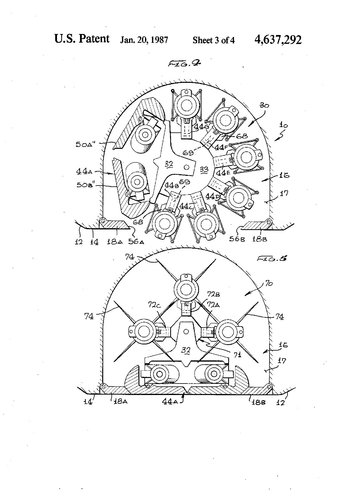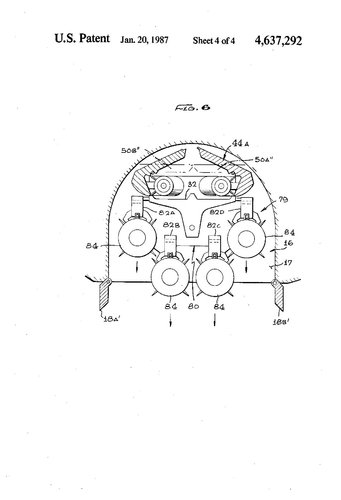I don't know what limitations the air force would have endured with a hypothetical tomcat instead of eagle in its ranks. Both were designed after lessons from Vietnam and the mantra of not a pound for air to ground.
The tomcat was a turkey because of engines and a poorly executed and complicated hydraulic system that made it a hangar queen. But had it been executed better, it could have met both services needs for air supremacy.
The phantom did fine serving in all 3 of our air forces.
So again, both services need a long ranged supercruiser with all aspect stealth that can either fly from runway or a catapult and provide air dominance. How are the requirements contradictory to each other? This isn't 1984 and budgets are limited. I think they could or should compromise and build a common platform.
Example: Northrop natf which has a model on a pole in St Louis. Looks like a fine aircraft for either branch. But I'm not a aeronautical engineer.
The f35 is what it is because of the marines and Britain's want for stovl. That really limited things with the f35 and made it chunky since all the weapons had to go into the sides and not in centerline weapons bay because of the lift fan variant of the jet.
What it comes down to is you simply don't understand how aircraft are designed. It's that simple. The mission defines the aircraft, not the other way around.
The F-35 is a poor example because all of the services made massive changes to their original mission requirements to make one basic airframe compatible for all of the services. You will notice that it, just like the F-16, will be used more as a strike aircraft than the classic air superiority mission. It has a very good self defense capability, but since this programs inception decades ago, many have come to the conclusion that actually developing separate airframes for the different services using the same systems may have been the lower cost route to go.
Here's a good reference for you to educate yourself regarding mission profile definitions. Note, that's a link to a PDF.
BTW, your reference to the Northrop NATF was a good example of what I am talking about. You will note that it was a substantially different design, as in completely different, to their ATF airframe, the YF-23. This was due to the very different mission requirements for the two services.
The F-4 is something of an outlier, because both services were looking for an all weather missile interceptor to go against Russian bombers, so their mission requirements were in line with each other. However, the Air Force still paid a penalty in having the Phantom, by having to add a drag chute due to the naval landing gear requirements (MLG to CG geometry) and the heavier weight required to meet the Navy's requirements.
BTW, if you really want to learn about aircraft design, I can't recommend this book enough.
Aircraft Design: A conceptual Approach by Dan Raymer. You can find a PDF version of an early edition online, but I recommend the book. Anyone interested in aircraft design should have this book on their book shelf.
I wish it had been available when I was studying Aeronautical Engineering. "Back in my day..." we only had the professors notes and snippets from various books to put the pieces together. There were Roskam's books (Too many errors to sift through, although I wish I could remember which volume had all of the engine decks in it). Having said that, you don't have to be an Aeronautical Engineer to understand the basic concepts in this, Raymer's, book. It's easily accessible to anyone, since it it's about the how of it more so then all of the mathematical details you get in specific Aero Engineering courses.
Fuel efficiency would allow a longer legs and a large bay on craft the size of an F-14. Will mustaches give you the low low lift and control of a genuine swinger?








